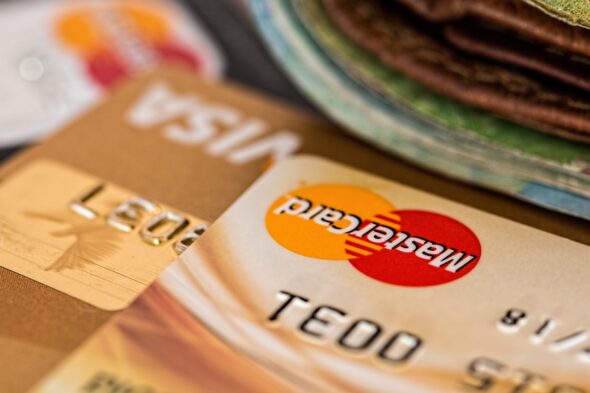
What is Fractional Reserve Banking?
Fractional reserve banking requires banks to loan out only a fraction of their money in order to make a profit. As such, a bank’s money supply is only one-half of what it should be. That’s why deposits into best AU online casino sites can be processed instantly — basically the banks shift around records of the deposits.
But when it comes to how banks actually operate internally, the bank has to hold a separate account in which it can deposit the extra money that it makes through loaning out its money.
The bank can lend out its money or keep it in reserve, but the main purpose of keeping it in reserve is to make it more affordable.
Fractional reserve banking allows the bank to make loans that it doesn’t have the resources to cover. As such, the bank earns a profit by loaning the money out for longer than it can repay, and loaning it out faster.
The total money supply of a country typically increases as the loans are extended, and the profitability of the loans increases as the loans repay. This is not sustainable, but ultimately it is seen as a good thing for a country as it helps the economy grow.
People are impressed by the loan volume that they see in banks. The loans are so large that the banks can do so much lending, and yet the loans are so small that it’s unlikely that the loans are repaid by their end users.
In order to keep the loans affordable, the loan volume of the bank is kept below the total money supply of the country.
The total money supply of the country can only increase so much because of the requirement to reserve a part of the money supply. The loan volume can increase, but the loan size cannot. This is where the lending is justified by the lenders as they need to pay the loans back, and they believe that there’s no other way that they can afford to make those loans.
Fractional reserve banking is an unfair advantage that only the banks have.
There are no reserves at a typical bank. The bank doesn’t take deposits from its customers and hold them as a reserve to make it easier to make loans.
Where is the Credit?
Lenders are the only group of people who have the credit to take a loan in their own name. Bankers do not have that credit.
Credit is the power to make payments for a debt to be paid. What credit is called is interest.
People believe that banks have this credit because the banks have credit, and because banks can buy and sell securities. But that’s not really how credit works.
Credit is power to make payments for a debt to be paid. But it’s not the ability to buy and sell securities that gives banks the credit. The credit is a right. It’s the right to take a loan in a bank’s own name.
How is it a right?
This right is inherent in the agreement between a bank and its client, much like how there are regulations in place to allow for high roller casino platforms to extend lines of credit to their biggest clients.
When the client takes a loan in the client’s name, it means that there is the right to make payments for the loan that the client makes.
When a bank makes a loan to its client, the client has the right to make payments in the client’s own name, and it gives the client the right to take the loan back and to transfer it to a different bank that will take it in its own name.
The client is also given the right to purchase a mortgage from the bank’s clients, but this isn’t really a loan. This is payment for a mortgage that the client makes that is paid back over a longer time frame.